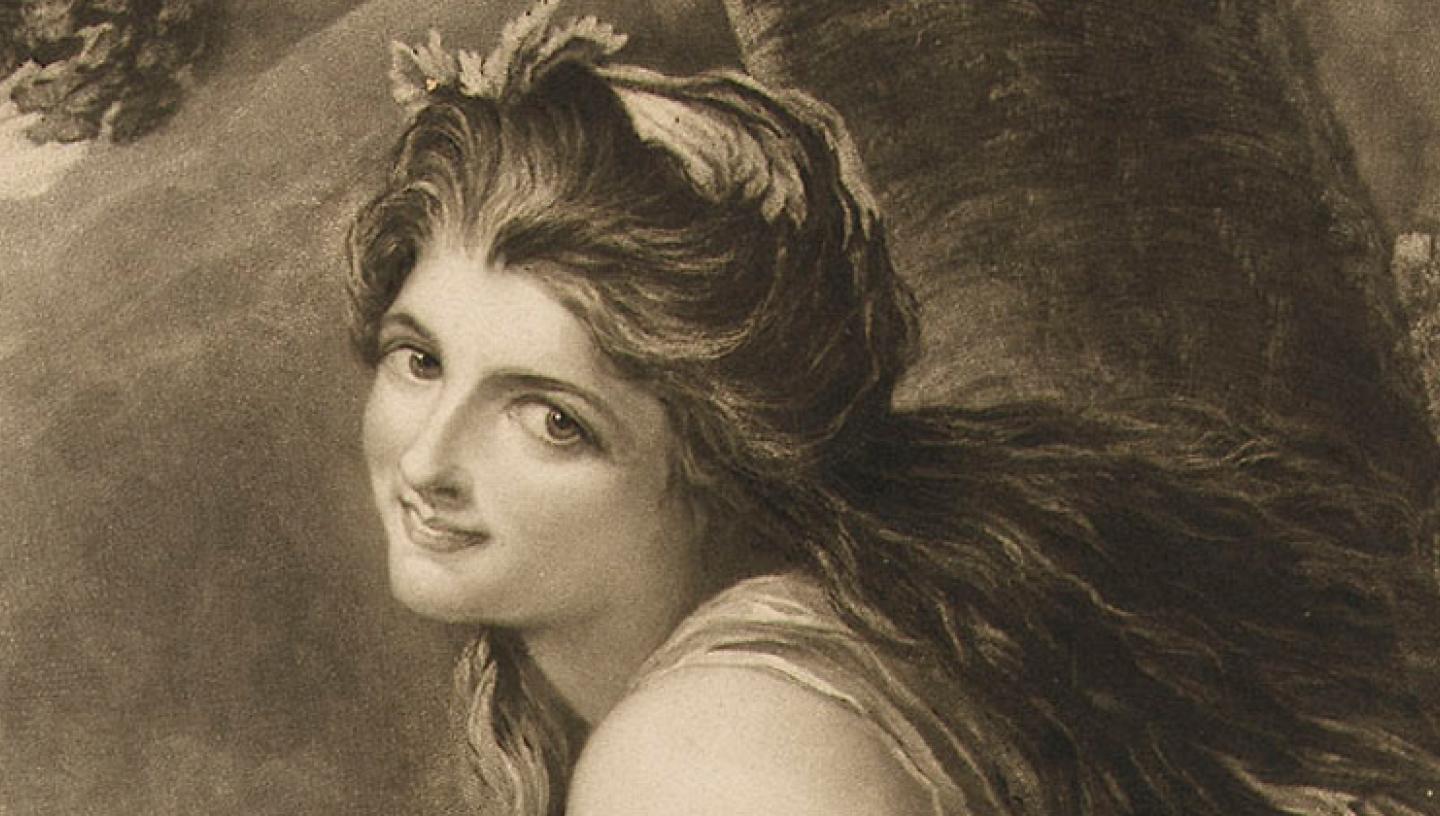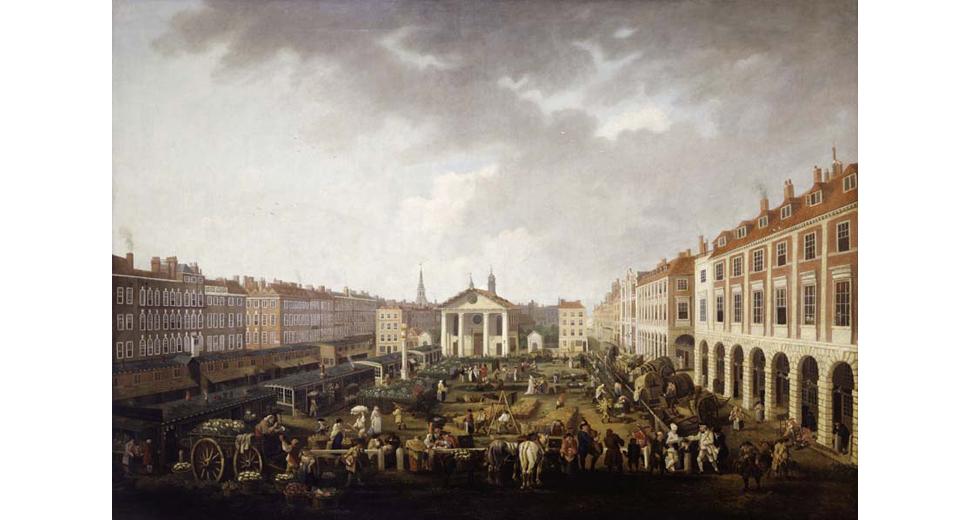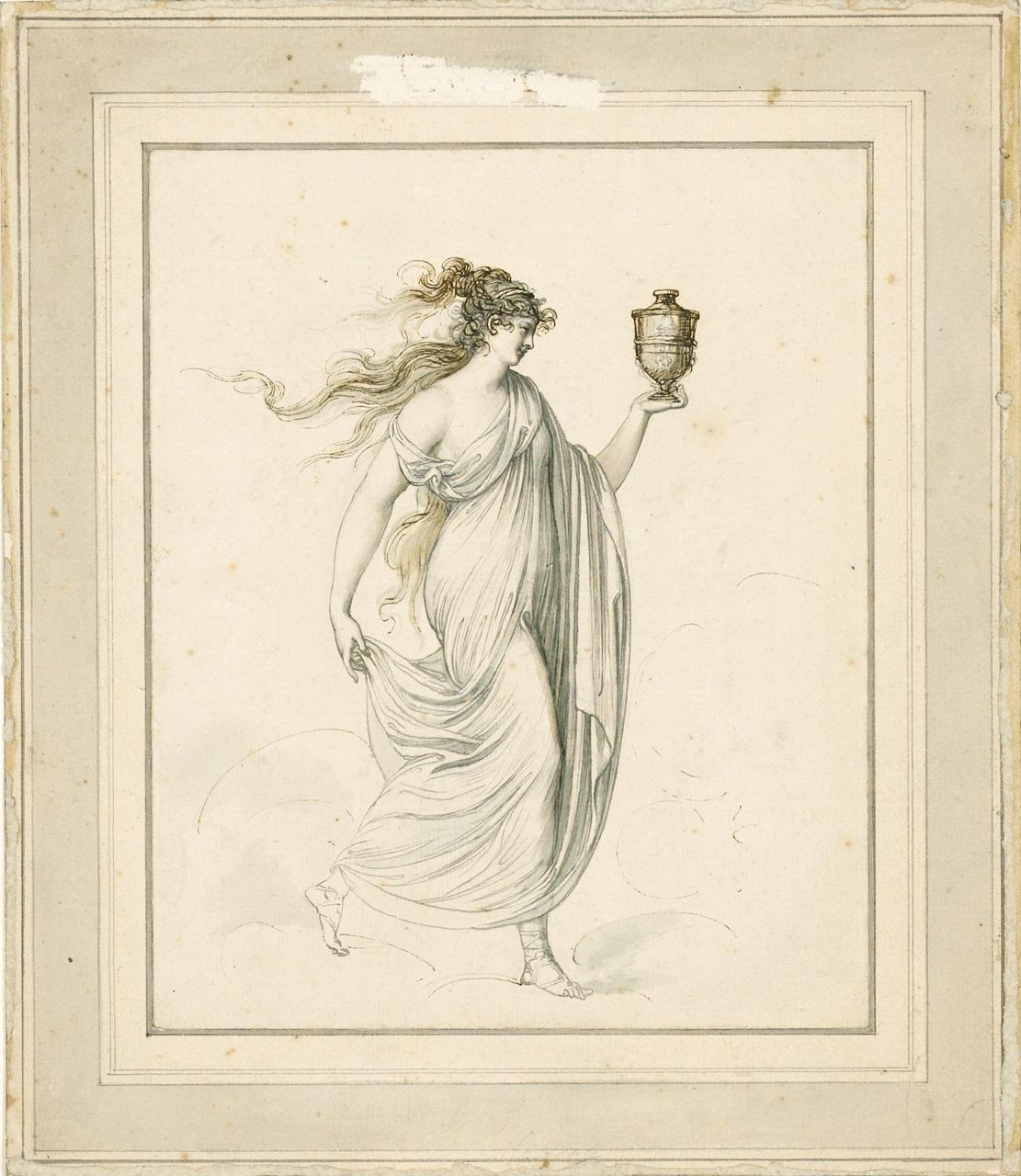
06 Jan 2017
Seductress is the second in our series exploring the many fascinating identities Emma Hamilton held throughout her life. Few traces survive from these early years, but what evidence remains?
Emma Hamilton is usually known as the lover of the great naval hero, Admiral Lord Nelson. However, this reductive stereotype obscures the many other facets of her extraordinary and eventful life. In order to illuminate Emma’s path, Dr Quintin Colville, curator of our exhibition – Emma Hamilton: Seduction and Celebrity – threads together a sequence of the more important identities that Emma inhabited during her forty-nine years. Mistress is not one of them. The second in this remarkable progression is that of ‘seductress’.
After leaving her employment with the Linleys, Emma’s path becomes harder to follow. The Covent Garden world that she inhabited was a place of theatrical glitter and glamour, but it was also the heart of London’s sex trade, from starving streetwalkers to powdered courtesans. The sexual exploitation of young women – and particularly those without means and connections – was routine and commonplace. Illness, injury, the loss of employment or a hundred other things could leave prostitution as their only way of surviving.

For a short period between her fourteenth and sixteenth birthdays, necessity possibly forced Emma into this world. Details are scarce, but Henry Angelo (who knew Emma personally) recorded in his memoirs that he met her in a London park where, fashionably dressed, she was promenading with two other young women. She informed him that she was then living at Mrs Kelly’s in Arlington Street, St James’s. Mrs Kelly, otherwise known as Charlotte Hayes, was the madame who presided over the fashionable King’s Place brothel. In the words of Professor Vic Gatrell:
‘among other delights, she was known for exhibiting ‘a dozen beautiful Nymphs, unsullied and untainted...who breathe health and nature and who will perform the celebrated rites of Venus, as practised at Tahiti’.

Emma may have been employed by Mrs Kelly as a maid, but she is perhaps unlikely to have remained in that occupation for long. Writing to the artist George Romney in 1791, Emma acknowledged the challenges that faced her during these years, and also her determined ambition to rise beyond them:
‘You have seen and discoursed with me in my poorer days, you have known me in my poverty and prosperity, and [you know that] I had no occasion to have lived for years in poverty and distress if I had not felt something of virtue in my mind. Oh, my dear friend, for a time I own through distress my virtue was vanquished, but my sense of virtue was not overcome.’
It may have been at Mrs Kelly’s establishment that Emma caught the eye of a young, rakish aristocrat, Sir Harry Fetherstonhaugh. At around the age of sixteen, she became his mistress and was taken to his family mansion, Uppark in Sussex. Thrown into high society, her life was transformed. However, the exploitative and precarious nature of the relationship was placed in stark relief when Emma became pregnant with Sir Harry’s child. She was immediately cast off and left to fend for herself – a set of circumstances that could all too easily have left her entirely unsupported and vulnerable.
Nonetheless, many commentators during Emma’s lifetime – and indeed across the nineteenth and twentieth centuries – have tended to represent her Covent Garden years not as a story of exploitation but as a cautionary tale of reckless immorality and hedonism. Emma’s achievements in later life were routinely disparaged on the questionable grounds that her youth revealed a compromised character. The reality that Emma was motivated by a hunger for education and respectability was obscured by the misogynistic stereotype of the seductress.
Next: Muse
To find out more about Emma Hamilton's extraordinary life, visit our 5* exhibition